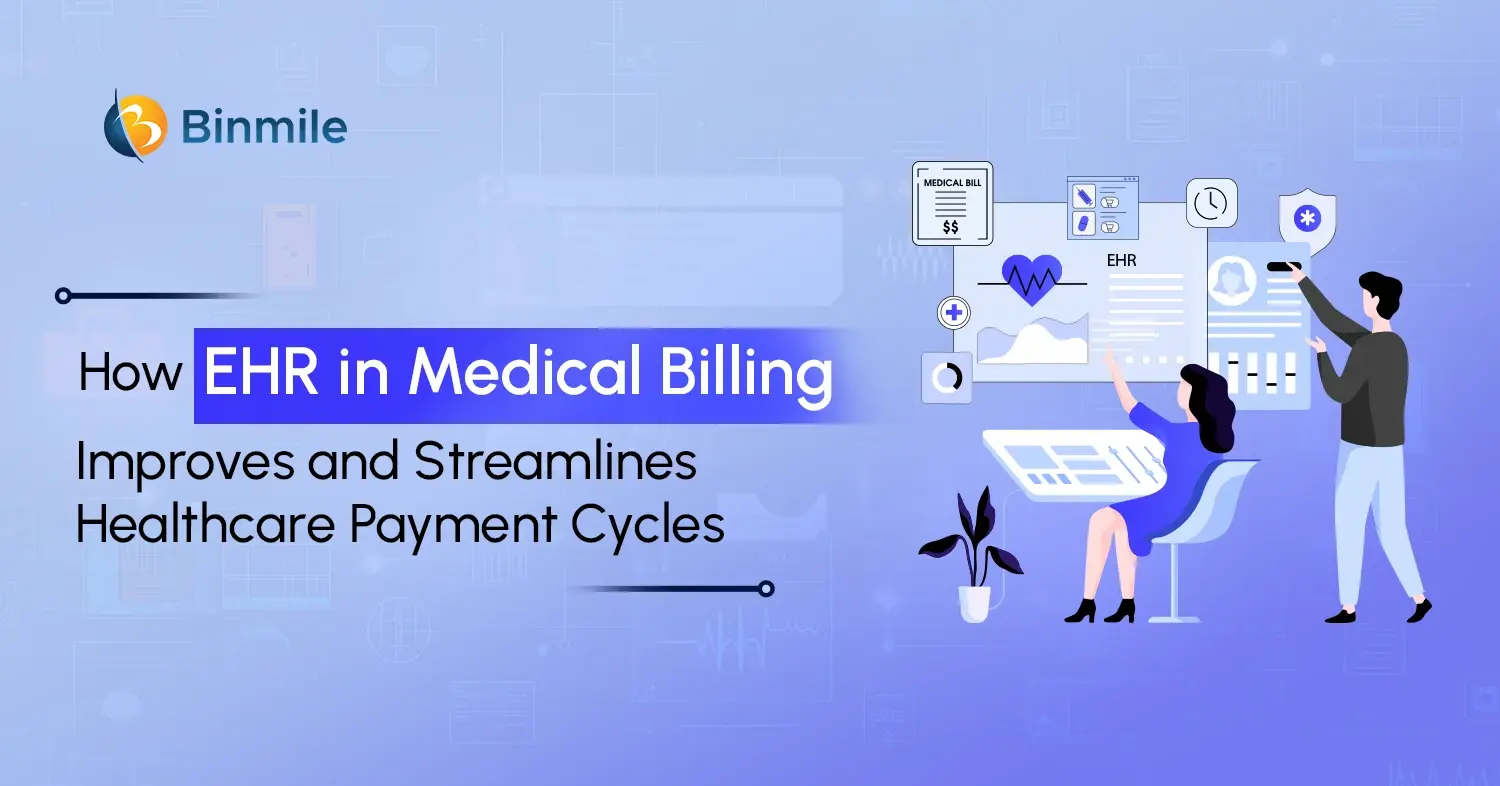Businesses completely rely on a dedicated software teams for developing products that stand out in the marketplace and deliver long-term success. However, managing dedicated teams using traditional models like the waterfall development model falls short due to issues in them, like burnout, miscommunication, and rigid requirements. These models result in hindered productivity and success, impacting the whole development process. This is where an agile software development team proves its effectiveness by offering an alternative mindset that encourages flexibility, team collaboration, and adaptability. With the agile mindset, there are also some agile practices that help dedicated development teams to ease their development planning and process.
By integrating agile practices, businesses streamline project workflows, collaborate with customers, and improve team morale, thus delivering a high-quality product that lives up to the customer’s expectations. These practices allow teams to change requirements and keep aligning with the evolving business goals and market trends. So what are these agile practices? How do they help organizations achieve their long-term success? This blog will provide the top agile practices and their importance in helping dedicated software teams.
Understanding the Word “Agile”

Agile is a different approach to project development that works on an iterative strategy. This means that it promotes the delivery of small, manageable, and functional software cycles called sprints. Instead of prioritizing rigid planning like the Waterfall methodology does, the Agile mindset focuses on creating a flexible plan that deals with responding to uncertain changes throughout the software development process. It thrives on 4 core principles that include:
- Adaptability: An Agile mindset knows the importance of changing requirements and supports rebuilding designs and underlying architectures whenever necessary to evolve with targeted market demands. It enables teams to work on the project incrementally in small cycles. To stay aligned with the project’s strategic goals and evolving business needs, an agile software development team can assess on the basis of progress analysis and directly reflect new findings in that particular iterative cycle.
- Customer Experience: Agile focuses on prioritizing the customer’s needs first rather than negotiating for setting the budget. According to the Agile Manifesto, customer involvement in the early stages and satisfaction should be ensured through the valuable delivery of software. This can be achieved by delivering early MVPs (Minimum Viable Product) and reiterating if there are any updates from the customer side. It will ensure better alignment between customer expectations and the actual product itself.
- Collaboration: Agile mindset promotes implementation of effective communication and collaboration. This is done by creating a visible interaction between the agile software development team and external stakeholders through collaboration tools. Some software tools teams use are Jira, Slack, Microsoft Teams, etc. These interaction meetings help both the teams, that is, remotely based teams and in-office teams, to stay aligned, which enhances software efficiency, better development results, and productivity.
- Frequent Software Cycles: Agile methodology prefers the delivery of software in frequent iterations, which are called sprints. To speed up the delivery process, teams use these mini releases, which ultimately result in development efficiency and reduced time-to-market. These manageable sprints help the agile software development team to get faster insights from the customer’s end and then iterate based on the gathered feedback. Additionally, frequent mini-releases help to identify bugs early, solve them, and improve the risk management cycle.
Must-Know Agile Principles for Managing Agile Software Development Dedicated Teams

1: Developing Sprint Backlog
The Sprint Backlog is a subset of the product backlog. A product backlog is like a generalized and prioritized list of functionality that the agile software development team should include in the product development. Whereas, in contrast, a sprint backlog is a to-do list for that particular sprint, allowing teams to execute the tasks without disrupting the development workflow.
Development of the sprint backlog during a Scrum (daily stand-up) meeting is a crucial agile practice, as the whole team and product owners discuss the main goals of the product. Knowing these goals helps in developing high-priority features at the end of the session, which benefits the organization. These features can be added as tasks for the sprint backlog of the particular development cycle. This helps in organizing the thoughts of everyone involved and maximizes efficiency.
2: Involving a Highly Motivated Team
One of the core agile manifesto practices is to foster a culture of growth by empowering agile software development team members with self-management. This practice focuses on creating an environment for motivated teams, giving them enough resources, and trusting them that they can overcome any obstacles throughout the process.
The right environment for the team involves some parameters to ensure better processes, such as:
- Ensuring that no micro-management is done to an extent that causes a failure.
- Setting clear and achievable results can help teams in aligning the team’s effort with the stakeholder expectations, reducing the confusion between them.
- Make sure that with the changing requirements, the delivery date is also updated and changed. This reduces the unrealistic pressure of meeting the earlier deadline.
- Ensuring that there are no massive dependencies, as this can overburden the team.
3: Form Self-Organizing Teams
One of the key agile practices involves a major focus on creating self-organized teams with minimal or no supervision needed. This means that instead of waiting for someone to make decisions or adjust work demands, the agile software development team itself adapts and shares responsibilities for addressing any pitfalls. With complete ownership of the project work, team members can offer their strong sense of dedication to support the development goals.
By implementing this agile practice, organizations can encourage problem-solving skills and stronger collaboration between team members. This helps in building confidence and making them capable of meeting deliverable expectations, resulting in higher yields. Additionally, employees can have their own voice instead of blindly following a leader’s or stakeholder’s instructions, helping improve employee satisfaction.
4: Creating Charts
Creating charts for assessing the progress is a core agile practice that enables teams to identify bottlenecks, if there are any. This can be accomplished using visual tools like burndown charts. Burndown Chart involves plotting the amount of work remaining vs. the time needed to complete it, which helps in monitoring the development progress.
This visual tool helps manage the agile software development team’s workload by providing a visual representation that keeps them informed and on track. From the burndown chart, teams can estimate and check the productivity of the work. By regular updates and reviews of these charts, teams can improve their visibility and planning. It also helps them to align more with the final delivery date, reducing the possibility of delays.
5: Working with the Customer
One core agile practice is about ensuring that the customer’s requirements and expectations are met by prioritizing some tasks. Tasks include the release of frequent mini-releases and taking constructive insights from the customers’ end. It enables teams to come up with informed decisions that help in delivering a product or service that is more customer-focused and aligns well with the customer’s needs.
Implementing this agile practice involves conducting sprint meetings with customers to see if there are any suggestions from their side. It also reduces the gap between the agile software development team and the customer, which results in increased customer engagement. This continued collaboration with the customer results in strengthening the relationship and leads to long-term product success.
6: Enabling Sprint Retrospectives
Sprint Retrospective is a type of meeting where team members gather and discuss the previous sprint phase. They all together reflect on the tasks involved, challenges, and outcome of the previous sprint cycle. By learning about these aspects, teams can improve the next sprint with little adjustments and also reinforce the effective practices from the previous one.
Regular sprint retrospective meetings can help measure the output quality and the process. Having actionable insights enables teams to improve their development approach, refine workflows, and learn from past mistakes. Now, an agile software development team can create a more efficient working environment and promote a mindset of adaptability.
7: Developing Spike Solutions
A Spike solution, or Spike, is a small experiment or task created for researching a question and then a problem related to it. It is one of the most basic software programs that aim to find solutions to any design problems or technical issues. By investigating potential solutions, Spike reduces the risk of uncertain situations that result in better development strategies.
With the help of Spike, teams can be at ease by rectifying the complex integration challenges throughout the development process. This agile practice ensures that the development integration is done smoothly and without any unnecessary delays. It also provides better clarity on unknown challenging factors in the early sprint phase.
8: Having a Sustainable Pace
Setting up a sustainable pace refers to ensuring that the development process is at a steady, consistent, and manageable pace. This means the agile software development team can deliver a high-quality product with maximum productivity without compromising on their work-life balance. It also allows teams to avoid burnout and foster a good agile working environment.
Adapting to a sustainable pace benefits team members in the long run as it offers them improved job satisfaction and encourages their individual growth as well. This agile practice also encourages teams to continuously learn and evolve with the current market, as it provides a balance and time to experiment with new things.
9: Compulsory Cross Training
One of the most underrated major agile practices is compulsory cross-training. Cross-training techniques allow employees to learn new skills and gain an understanding of different roles or skills. This training can be done on people across the organization and provide them with greater flexibility, scalability, and adaptability. It also encourages better collaboration between team members, as a team can ensure they are self-sufficient to solve any potential barrier that comes their way.
Having a well-implemented cross-trained team helps streamline the development activities and also increases the motivation among team members. This agile practice enables ease of handling complex priorities with the evolving project needs, which results in a highly efficient product.
The Importance of Agile Practices for Dedicated Software Teams
Agile practices provide a flexible structure and necessary tools to dedicated development teams, which helps them thrive and drive their efficiency levels. These dedicated teams were earlier relying on rigid plans, isolated working environments, and burnout situations to meet the unrealistic deadlines. With the help of agile methodology and unique practices, businesses can evolve their needs and be flexible to meet the customer’s needs and develop valuable software or products.
The agile practice provides benefits like:
- Long-Term Product Success: Agile practices offer a continuous improvement development cycle by introducing sprints. This method helps teams to reflect on and review the previous sprint and improve features accordingly. Sprints help enhance the project development cycle, allowing the team to move in the right direction and meet deadlines consistently.
- Valuable Product: Agile practices enable teams to develop software with frequent sprints and continuous testing cycles. It helps in maintaining the development pace and also keeps the development process aligned with the customer’s requirements and expectations. This means that it confidently works on customer feedback and ensures that they get a high-quality product delivered on time.
- Healthy Codebases: With the help of agile development practices, teams are built among motivated team members in a good environment. This helps in maximizing the productivity and efficiency of the team. Now they can maintain the codebases with much more responsibility and self-sufficiency, ultimately leading to reduced technical debt.
- Efficient Use of Resources: Agile practices provide tools such as the sprint backlog, which helps in prioritizing the crucial tasks and working on the most important ones first. By focusing on core tasks, the agile software development team can minimize the wastage of their efforts, which leads to efficient resource utilization and better development planning.
Final Takeaways on Agile Practices for Dedicated Software Teams
Agile practices empower dedicated teams by fostering a healthy work environment and providing them ownership without micromanagement from the business owner or the leader. These practices foster a transparent environment and provide benefits such as efficient development cycles, continuous collaboration, and effective communication. However, choosing the right practice for your organization completely depends on the project needs and the team’s structure and knowledge. Aligning your specific project needs and requirements with the right practice helps you achieve development success in the long run.
In this blog, we have explored the top 9 agile practices and their importance for dedicated software teams. However, partnering with a agile software development company that provides agile services can help you in choosing the right practice that drives efficiency and productivity for your organization.









